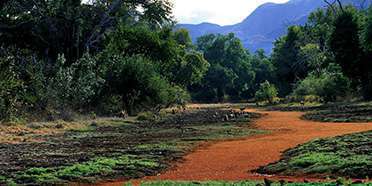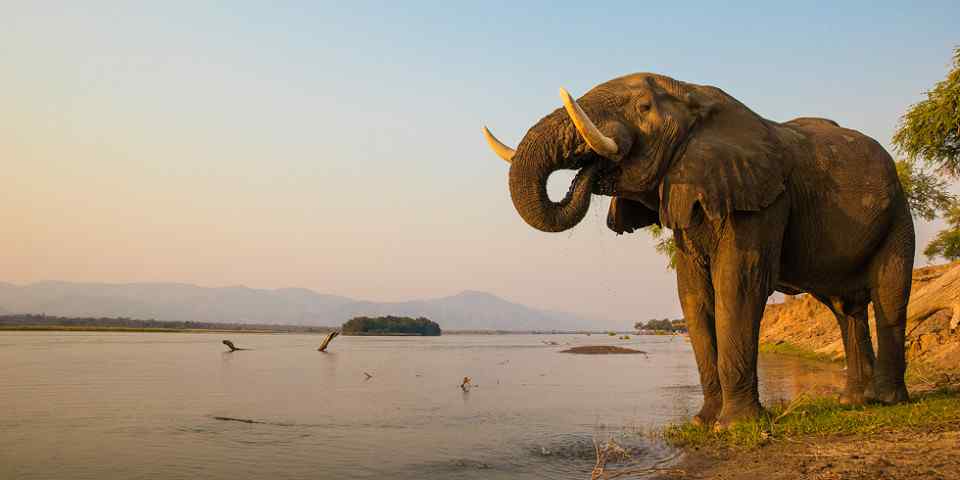
Safari Tours to Mana Pools NP
-
![13-Day Luxury Zimbabwe Safari]()
13-Day Luxury Zimbabwe Safari
$16,471 to $23,450 pp (USD)
Zimbabwe: Private tourLodge & Tented Camp
You Visit: Victoria Falls Town (Start), Hwange NP, Lake Kariba, Matusadona NP, Mana Pools NP, Victoria Falls (End)

Wayfairer Travel
4.9/5 – 149 Reviews
-
![11-Day Very Best of Zimbabwe Luxury Safari]()
11-Day Very Best of Zimbabwe Luxury Safari
$6,648 to $8,162 pp (USD)
Zimbabwe: Private tourTented Camp & Hotel
You Visit: Victoria Falls (Start), Hwange NP, Lake Kariba, Mana Pools NP, Victoria Falls Airport (End)

Off2Africa Travel
5.0/5 – 95 Reviews
-

5-Day Glamping Mana Pools in Pop-Roof Cruiser with Chef
$1,568 pp (USD)
Zimbabwe: Private tourCamping
You Visit: Harare (Start), Mana Pools NP, Harare (End)

Mana Pools Tourism Services
5.0/5 – 31 Reviews

 Zimbabwe Parks
Zimbabwe Parks
















